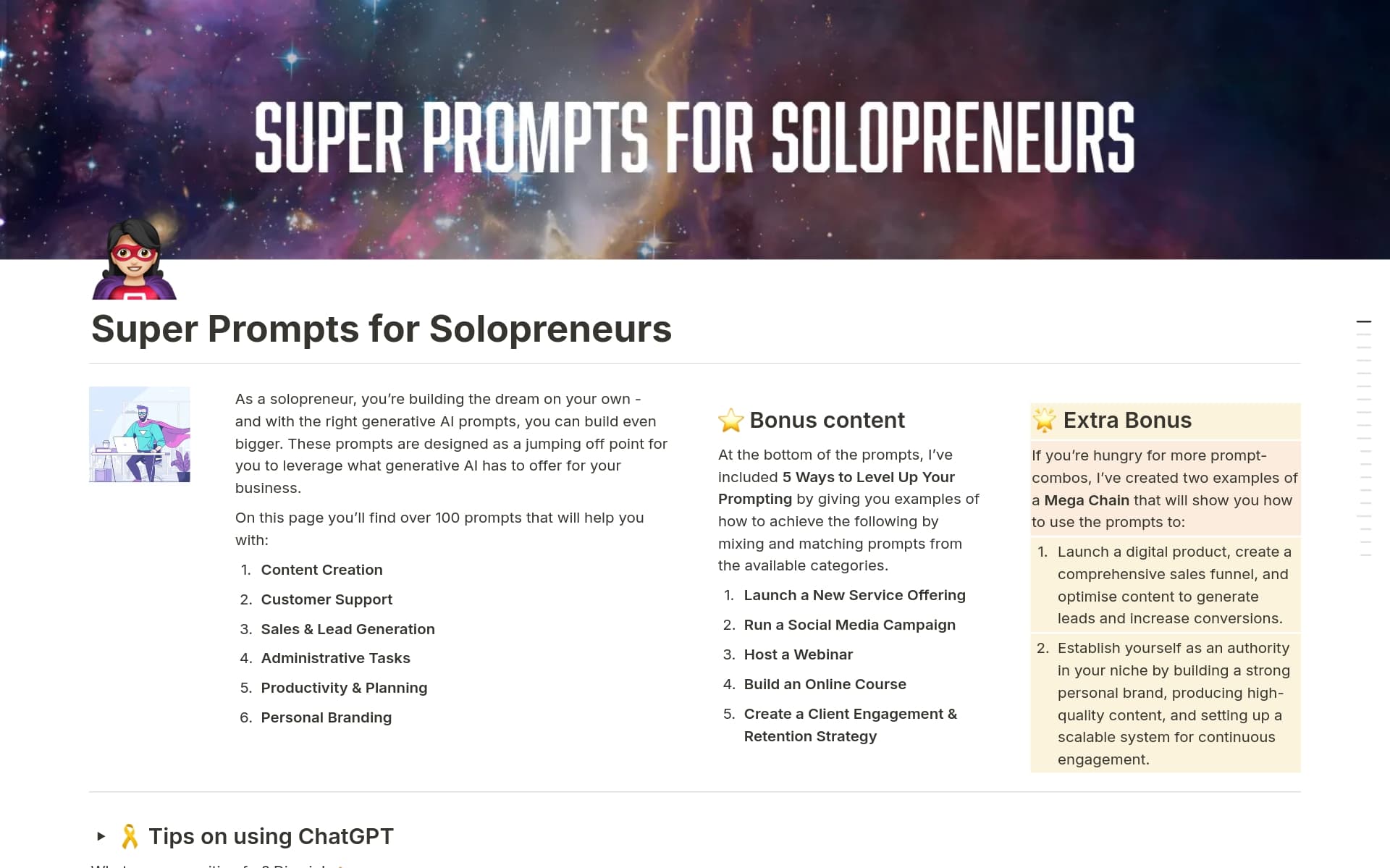Expense monitoring is crucial for maintaining financial health and achieving your financial goals. It allows you to track where your money is going, identify unnecessary expenditures, and adjust your spending habits accordingly. An Expense Monitoring template in Notion can streamline this process, providing a structured and easy-to-use system to log and analyze your expenses.
Before you dive into creating your own Expense Monitoring system, take a look at these Notion templates to simplify the task and get you started on the path to better financial management.
What Should Expense Monitoring Templates Include?
Choosing the right Expense Monitoring Template in Notion can streamline how you track and manage your finances. Here are key components to look for:
Comprehensive Categories: The template should include a variety of predefined categories for expenses, such as food, transport, and utilities, to ensure detailed tracking.
Monthly Overview: It's essential to have a visual summary of monthly spending, which helps in quick assessment and better financial planning.
Receipts Attachment Feature: Look for a template that allows you to attach receipts. This feature simplifies record-keeping and helps in verifying transactions.
Customizable Tags: The ability to add custom tags to expenses can make sorting and retrieving specific expenses much easier.
Selecting a template with these features will not only provide a clear picture of your financial health but also enhance your ability to manage expenses effectively.
What Should Expense Monitoring Templates Avoid?
Choosing the right expense monitoring template in Notion can streamline your financial tracking, but it's equally important to know what features to steer clear of. Here are a few key components to avoid:
Overly Complex Layouts: Templates with too many sections or intricate designs can complicate the tracking process rather than simplifying it. Opt for clarity and ease of use.
Non-Customizable Fields: Avoid templates that don't allow you to edit or add new categories. Flexibility is essential as your financial needs may evolve over time.
Limited Integration Capabilities: Steer clear of templates that do not support integration with other financial tools or apps you're already using. Seamless integration can significantly enhance functionality.
Remember, the best template is one that fits your specific needs without adding unnecessary complexity to your expense tracking routine.



